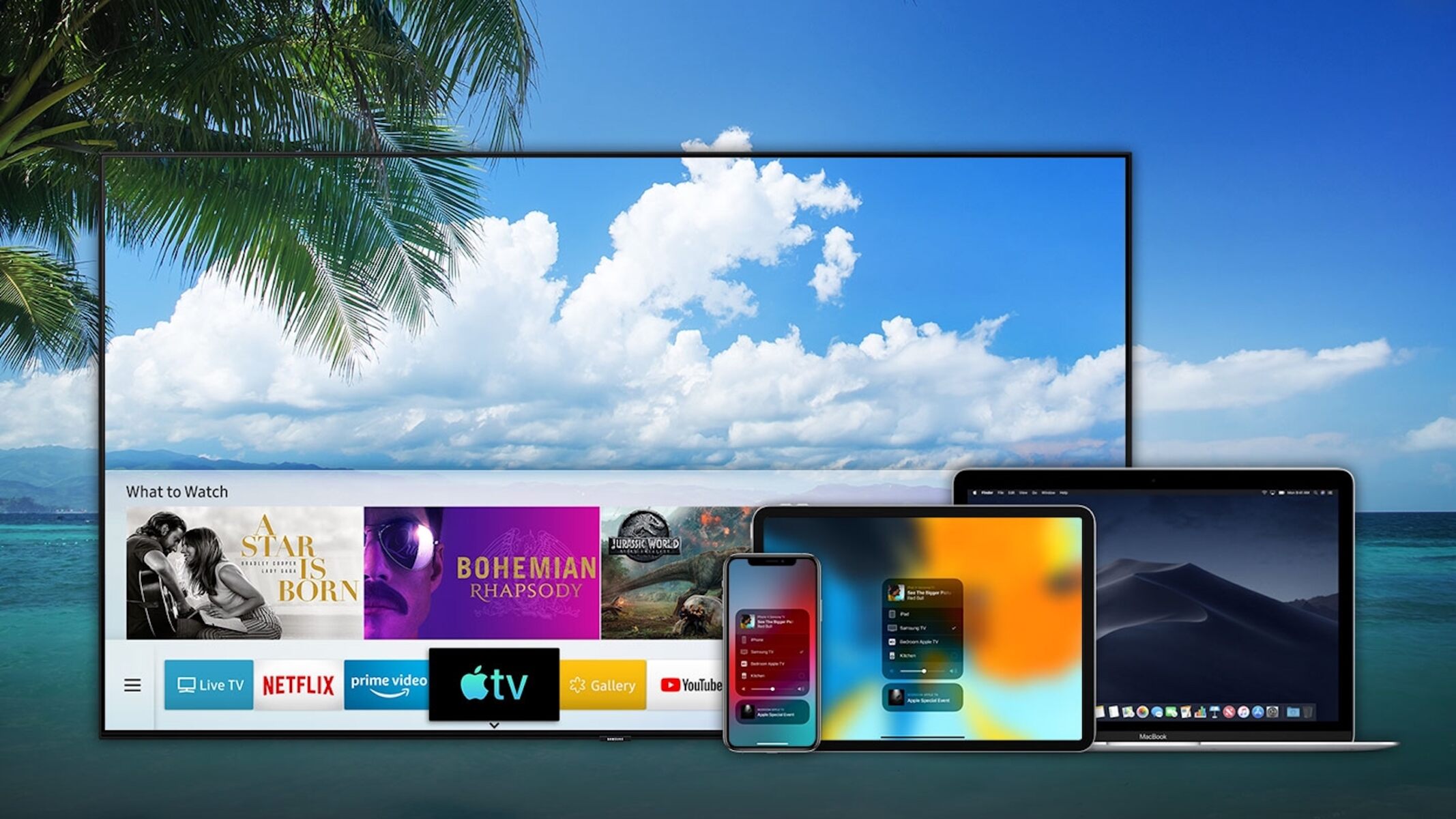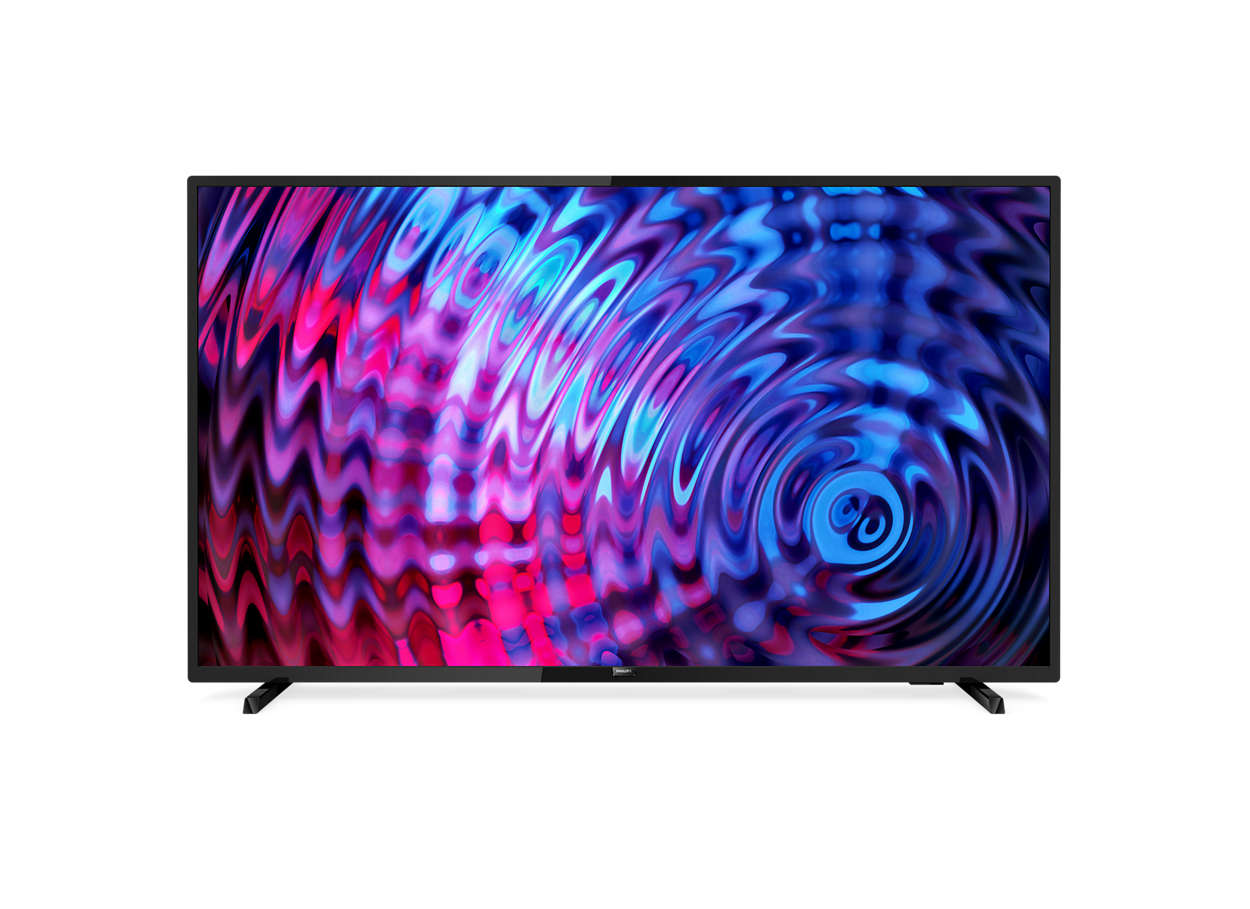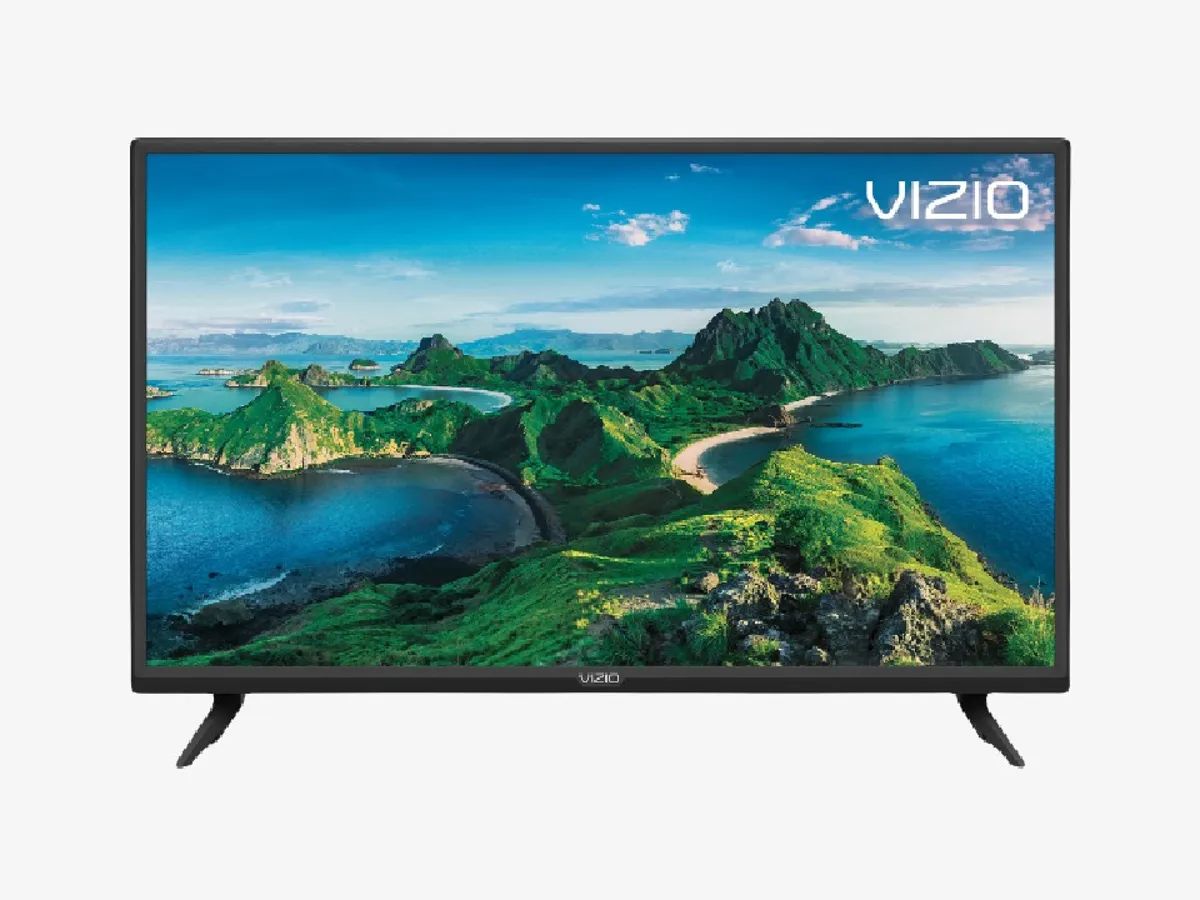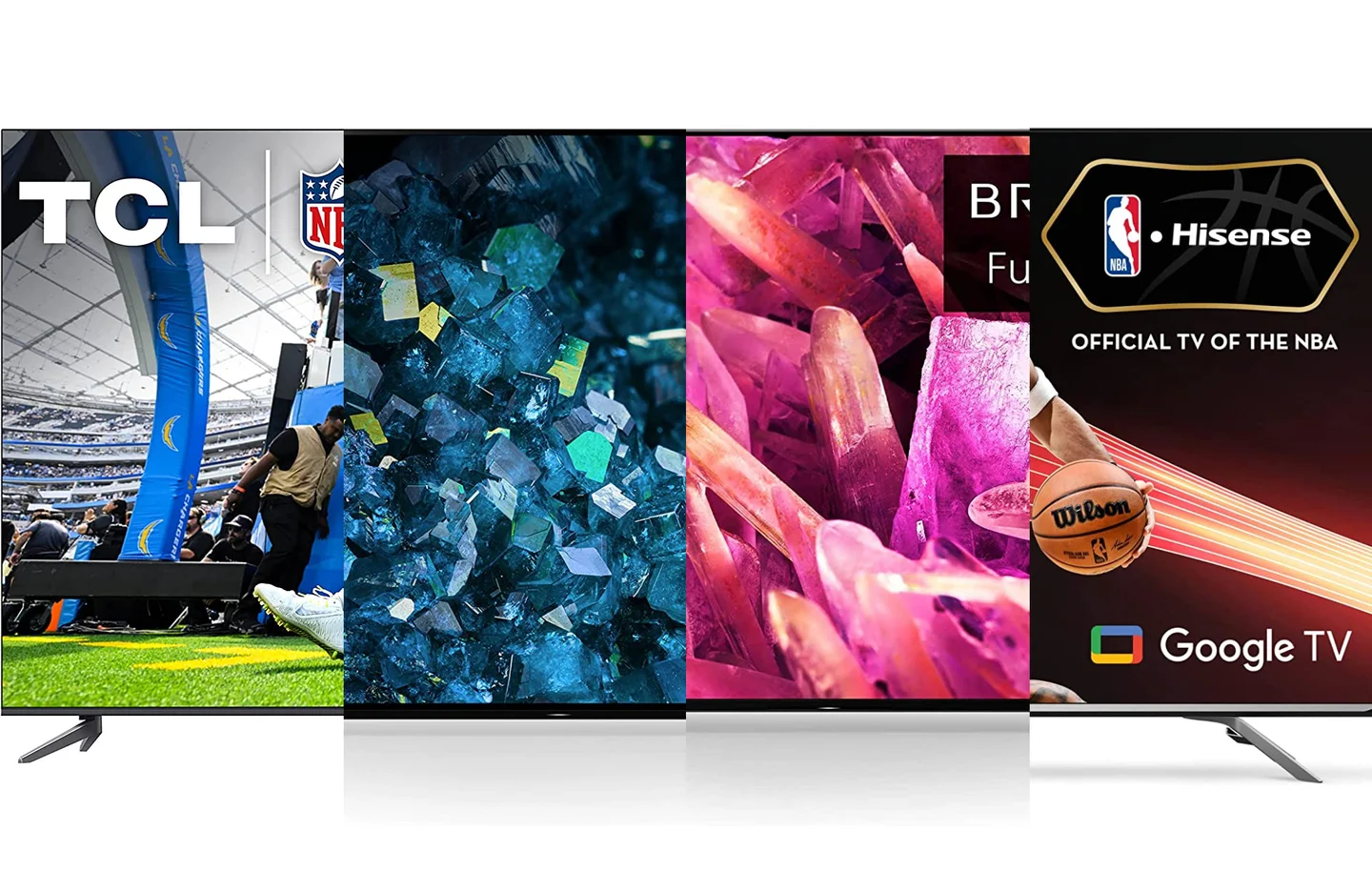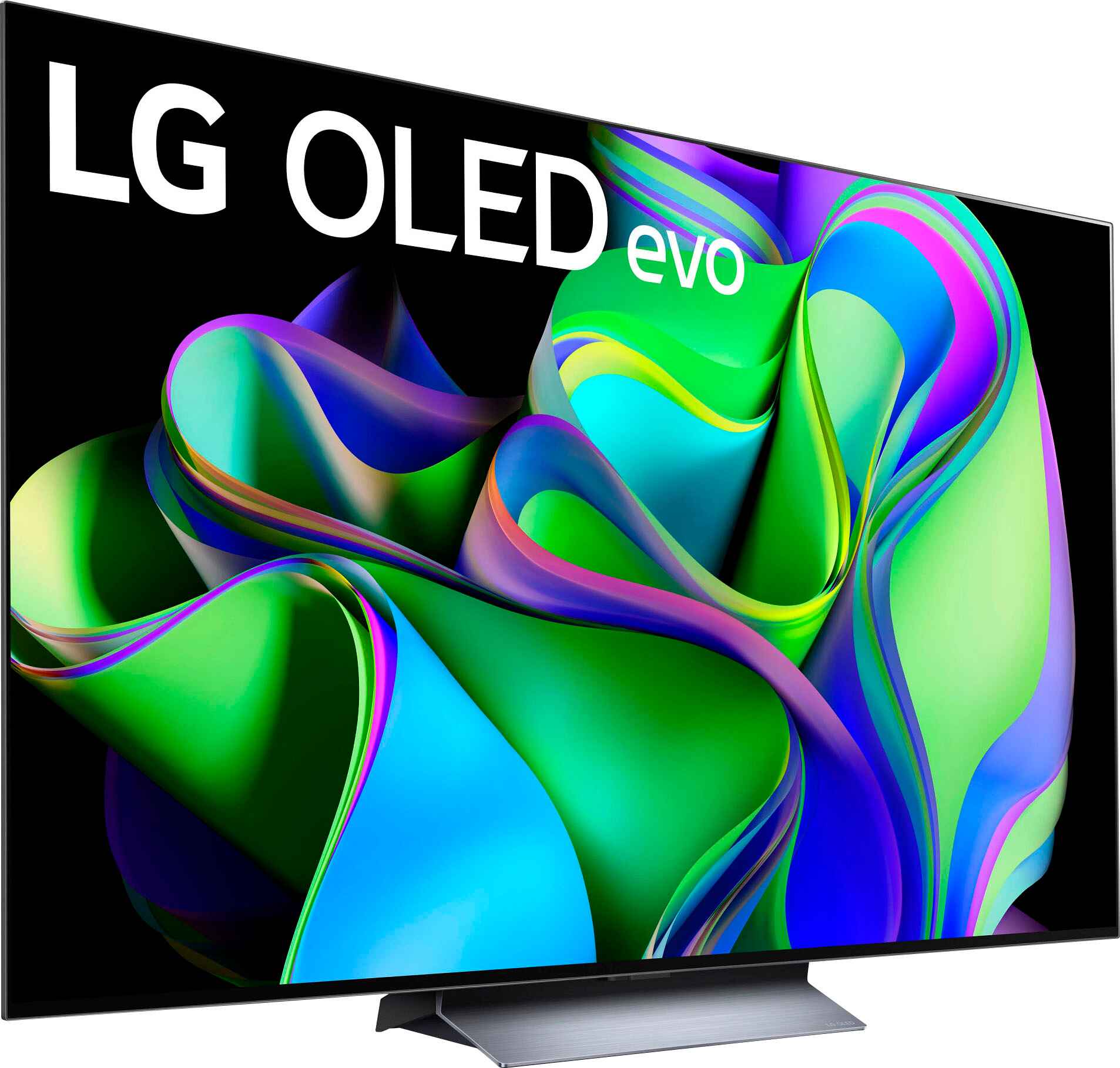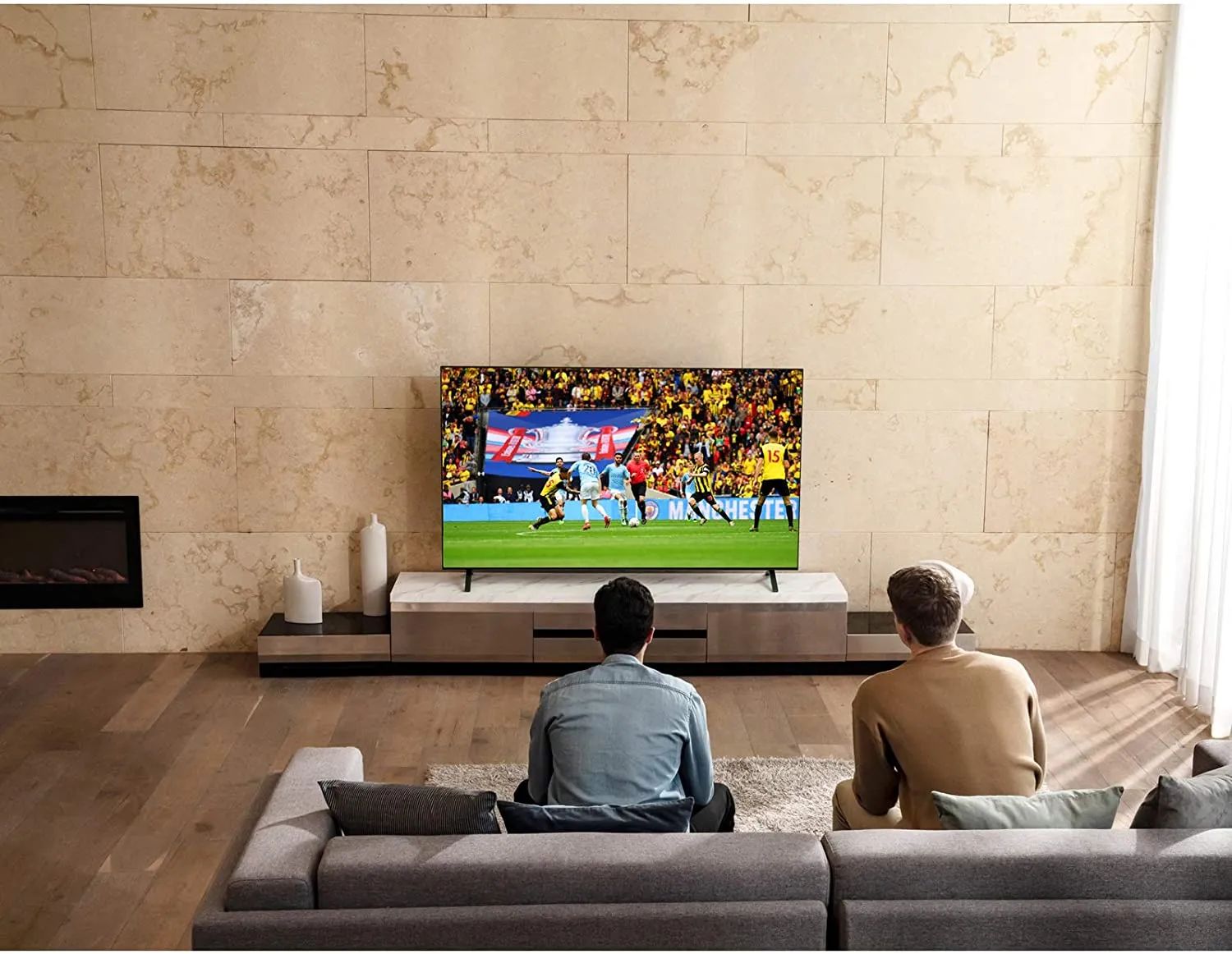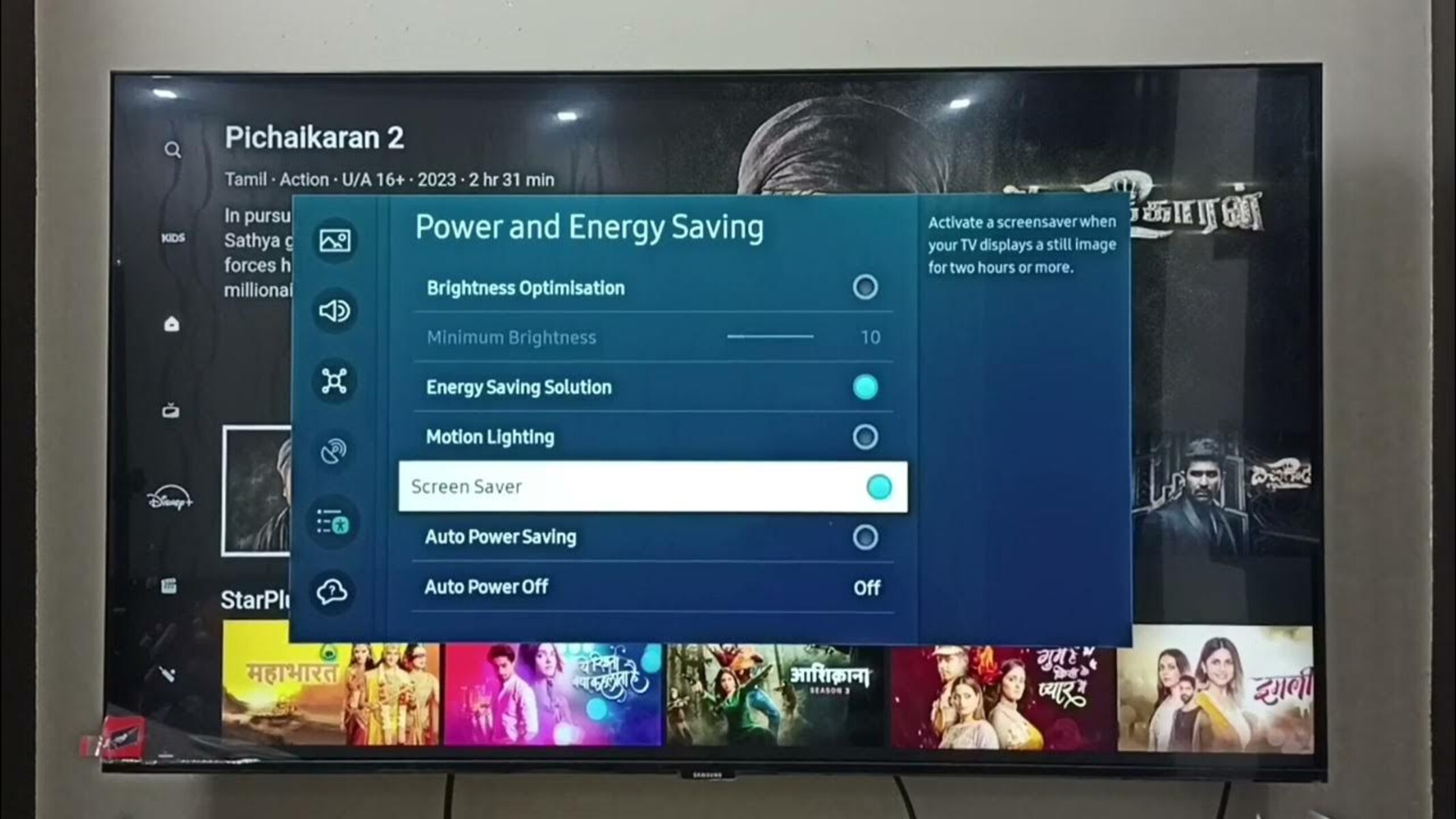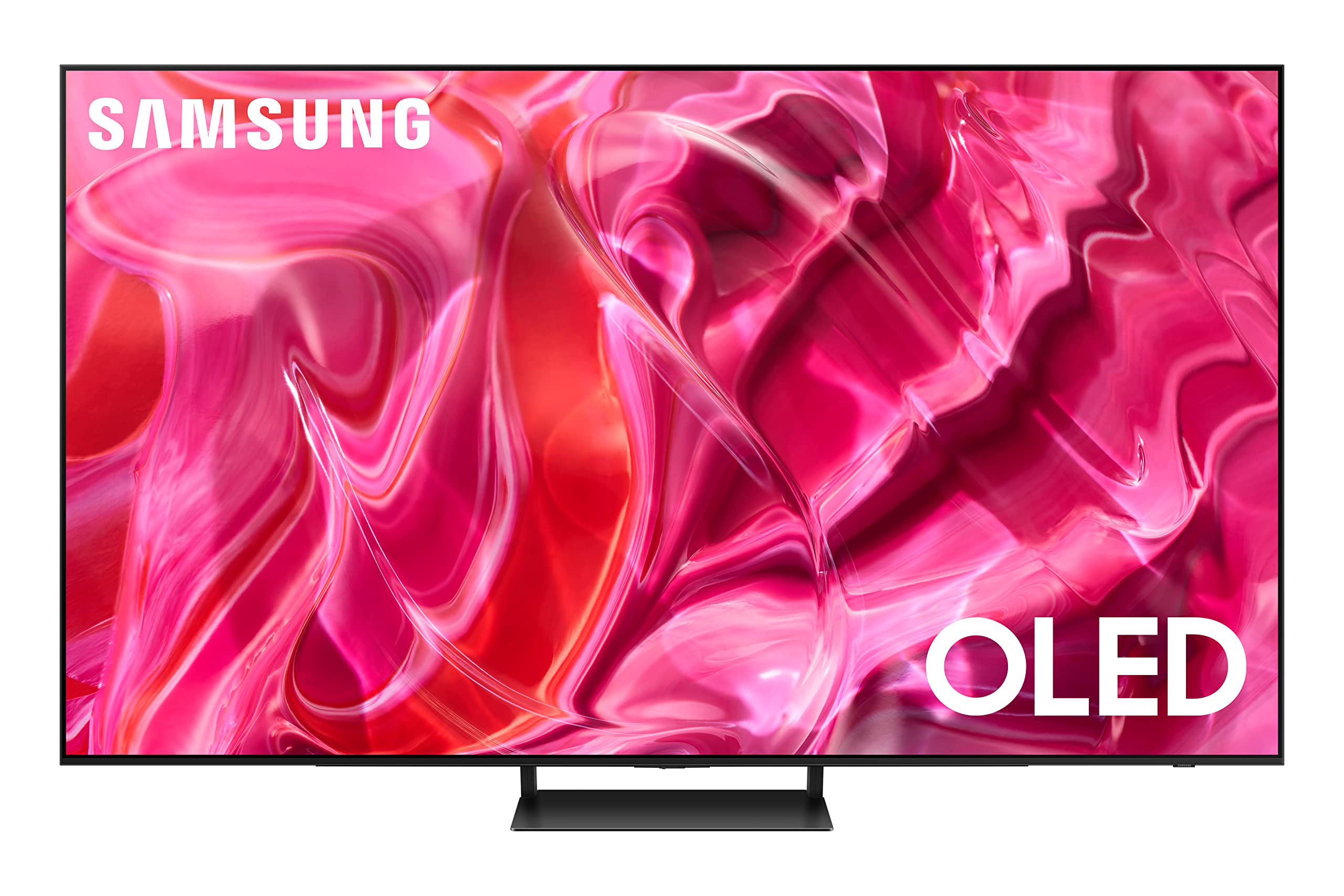Introduction
Connecting your Apple computer to a Samsung QLED TV opens up a whole new world of possibilities. Whether you want to enjoy your favorite movies and TV shows on a larger screen, showcase your photos and videos to friends and family, or even use your TV as a second monitor, the process of connecting your Apple computer to a Samsung QLED TV is relatively straightforward.
Before diving into the steps, it’s essential to determine the connection types available on both your Apple computer and Samsung QLED TV. Common connection options include HDMI, Thunderbolt, and AirPlay. Each option has its own advantages, and selecting the appropriate one depends on the compatibility of your devices and the specific functionality you desire.
In this guide, we will walk through the process of connecting your Apple computer to a Samsung QLED TV using various connection methods. We will explore connecting via HDMI cable, Thunderbolt cable, and utilizing AirPlay for convenient wireless connection. Additionally, we will cover the setup of screen mirroring and adjusting display settings to ensure optimal visual output. Lastly, we will address common troubleshooting issues that may arise during the setup process.
So, if you’re ready to unlock the full potential of your Apple computer in tandem with the impressive display capabilities of a Samsung QLED TV, let’s get started with the step-by-step guide to connect them seamlessly.
Determine the Connection Types
Before connecting your Apple computer to a Samsung QLED TV, it’s crucial to identify the available connection options on both devices. This will ensure compatibility and help you select the most suitable method for your needs. Here are the common connection types you can consider:
- HDMI: HDMI (High-Definition Multimedia Interface) is the most common and versatile connection option. Most Apple computers and Samsung QLED TVs come equipped with HDMI ports. This allows for a straightforward connection between the two devices using an HDMI cable.
- Thunderbolt: Thunderbolt is a high-speed port commonly found on Apple computers. If your Apple computer has Thunderbolt ports and your Samsung QLED TV supports Thunderbolt connectivity, you can use a Thunderbolt cable to establish a connection. This option allows for high-speed data transfer and the potential to use your TV as a second monitor.
- AirPlay: If you own an Apple computer with macOS or an iOS device, you can utilize AirPlay technology to wirelessly connect to your Samsung QLED TV. AirPlay allows you to stream audio, video, and even mirror your entire screen onto the TV effortlessly. Ensure that your Samsung QLED TV supports the AirPlay feature for this option.
Once you’ve determined the available connection types on your Apple computer and Samsung QLED TV, you can proceed to the appropriate method for your desired setup. The HDMI and Thunderbolt methods offer a direct physical connection, while AirPlay allows for wireless streaming and screen mirroring.
It’s important to note that compatibility may vary depending on the specific models and generations of your Apple computer and Samsung QLED TV. Refer to the user manuals or check the official websites of both devices for detailed information on supported connection types.
Now that we have a clear understanding of the available connection options, let’s move on to the step-by-step instructions on how to connect your Apple computer to a Samsung QLED TV using each method.
Connecting via HDMI Cable
One of the most common and reliable methods to connect your Apple computer to a Samsung QLED TV is through an HDMI (High-Definition Multimedia Interface) cable. The HDMI connection allows for both audio and video transfer, ensuring a seamless and high-quality viewing experience. Follow these steps to establish a connection:
- Check the available HDMI ports on both your Apple computer and Samsung QLED TV. Typically, both devices have multiple HDMI ports, so choose an available port that suits your preference.
- Connect one end of the HDMI cable to the HDMI output port on your Apple computer. This port is usually located on the side or back of your computer, labeled as HDMI.
- Take the other end of the HDMI cable and connect it to one of the HDMI input ports on your Samsung QLED TV. These input ports are generally located on the back of the TV and labeled as HDMI.
- Once the HDMI cable is securely connected to both devices, power on your Samsung QLED TV.
- On your Apple computer, go to the System Preferences and select the Displays option. A new window will open, showing various display settings.
- In the Display settings, you should see the Samsung QLED TV as an available display option. Click on it to select it as the primary display or choose to mirror the computer screen on the TV.
- Adjust the resolution and other display settings according to your preference. You may need to experiment with different options to find the optimal settings for your setup.
- Once you’ve made the necessary adjustments, close the Display settings window. Your Apple computer should now be connected and mirrored on your Samsung QLED TV.
With the HDMI cable connection established, you can now enjoy a larger and more immersive visual experience on your Samsung QLED TV. Whether you’re streaming movies, playing games, or giving presentations, the HDMI connection offers a reliable and high-quality solution.
If you encounter any issues with the HDMI connection, make sure that both your Apple computer and Samsung QLED TV are set to the correct HDMI input source. Additionally, check the HDMI cable for any damage or try using a different HDMI cable to rule out any faulty connections.
Now that you know how to connect your Apple computer to a Samsung QLED TV via an HDMI cable, let’s explore another connection method using a Thunderbolt cable.
Connecting via Thunderbolt Cable
If you own an Apple computer with Thunderbolt ports and your Samsung QLED TV supports Thunderbolt connectivity, using a Thunderbolt cable can be an excellent option for connecting the two devices. The Thunderbolt connection offers high-speed data transfer, allowing you to not only view content on your TV but also use it as a second monitor. Here’s how to establish a connection via Thunderbolt cable:
- Check if your Apple computer has Thunderbolt ports and ensure your Samsung QLED TV supports Thunderbolt connectivity. Refer to the user manuals or official websites of both devices for detailed information.
- Locate the Thunderbolt port on your Apple computer. It is usually labeled with a thunderbolt symbol.
- Connect one end of the Thunderbolt cable to the Thunderbolt port on your Apple computer.
- Locate the Thunderbolt port on your Samsung QLED TV. Depending on the model, it may be labeled as Thunderbolt or Mini DisplayPort.
- Connect the other end of the Thunderbolt cable to the Thunderbolt or Mini DisplayPort on your Samsung QLED TV.
- Power on your Samsung QLED TV and ensure it is set to the correct input source for the Thunderbolt connection.
- On your Apple computer, go to the System Preferences and select the Displays option. A new window will open, showing various display settings.
- In the Display settings, you should see the Samsung QLED TV listed as an available display option. Click on it to select it as the primary display or choose to extend your desktop across both screens.
- Adjust the resolution and other display settings according to your preference. Experiment with different options to find the best visual experience.
- Once you’ve made the necessary adjustments, close the Display settings window. Your Apple computer will now be connected to your Samsung QLED TV via the Thunderbolt cable.
With the Thunderbolt cable connection established, you can enjoy the benefits of using your Samsung QLED TV as a second monitor. This allows for increased productivity, multitasking, and an immersive viewing experience.
If you experience any difficulties with the Thunderbolt connection, ensure that both devices are using compatible Thunderbolt versions and that the cable is securely connected. Additionally, check the Thunderbolt settings on your Apple computer and adjust them if necessary.
Now that you know how to connect your Apple computer to a Samsung QLED TV using a Thunderbolt cable, let’s explore another connection method: AirPlay.
Connecting via AirPlay
If you own an Apple computer with macOS or an iOS device, you can take advantage of the AirPlay feature to connect wirelessly to your Samsung QLED TV. AirPlay allows you to stream content, including audio, video, and even mirror your entire screen effortlessly. Here’s how to connect your Apple computer to a Samsung QLED TV using AirPlay:
- Ensure that both your Apple computer and Samsung QLED TV are connected to the same Wi-Fi network.
- On your Apple computer, click on the AirPlay icon located in the menu bar. It looks like a rectangle with a triangle at the bottom.
- A list of available AirPlay devices will appear. Select your Samsung QLED TV from the list.
- If prompted, enter the AirPlay passcode provided on your Samsung QLED TV to establish the connection.
- Once connected, you can choose to mirror your entire screen or stream specific media files to your Samsung QLED TV.
- To mirror your screen, select the “Mirror Display” option from the AirPlay menu. Your Apple computer’s screen will now be mirrored on your Samsung QLED TV.
- To stream specific media files, open the desired app or content on your Apple computer (e.g., Photos, Safari, or a video streaming app). Look for the AirPlay icon within the app and click on it. Select your Samsung QLED TV from the list to start streaming.
- Adjust the volume and playback controls on your Apple computer, and the content will be displayed and played on your Samsung QLED TV.
- To disconnect, click on the AirPlay icon in the menu bar again and select “Disconnect AirPlay” or choose to disable AirPlay from the settings.
With AirPlay, you can enjoy the flexibility and convenience of wirelessly streaming content from your Apple computer to your Samsung QLED TV. Whether you want to share photos, watch videos, or even play games, AirPlay provides a seamless and intuitive connection.
If you encounter any difficulties with AirPlay, ensure that both devices are updated with the latest software versions. You can also try restarting your Apple computer and Samsung QLED TV, as well as restarting your Wi-Fi router to resolve any potential connectivity issues.
Now that you know how to connect your Apple computer to a Samsung QLED TV using AirPlay, you have a versatile option for wireless content streaming and screen mirroring. Next, let’s explore how to set up screen mirroring and adjust display settings.
Setting Up Screen Mirroring
Screen mirroring allows you to display the content of your Apple computer on your Samsung QLED TV in real-time. Whether you want to share presentations, showcase photos and videos, or simply extend your screen for a larger workspace, setting up screen mirroring is a useful feature. Follow these steps to enable screen mirroring:
- Ensure that your Apple computer and Samsung QLED TV are connected to the same Wi-Fi network.
- On your Apple computer, navigate to the System Preferences and select the Displays option.
- In the Displays settings, click on the “Arrangement” tab. Check the box that says “Mirror Displays” to enable screen mirroring.
- Your Apple computer’s screen will now be mirrored on your Samsung QLED TV. Make sure that your Samsung QLED TV is set to the correct input source for the screen mirroring connection.
- Adjust the resolution and other display settings according to your preference. This ensures that the content is displayed correctly on your Samsung QLED TV.
- You can now use your Apple computer as usual, and the content will be mirrored in real-time on your Samsung QLED TV.
Screen mirroring allows for a variety of uses, such as presenting slideshows, watching movies, or even playing games on a larger display. It’s a convenient way to share content with others or make your workspace more immersive.
If you encounter any issues with screen mirroring, ensure that both devices are connected to the same Wi-Fi network and that they have the latest software updates installed. Additionally, check the display settings on your Apple computer to ensure that screen mirroring is enabled and adjusted correctly.
Now that you know how to set up screen mirroring between your Apple computer and Samsung QLED TV, let’s move on to adjusting display settings to enhance your viewing experience.
Adjusting Display Settings
Adjusting the display settings on your Apple computer and Samsung QLED TV can help optimize your viewing experience and ensure that the content is displayed accurately and comfortably. Here are some important display settings to consider:
- Resolution: The resolution determines the clarity and sharpness of the displayed content. On your Apple computer, go to the Displays settings and select the resolution that best suits your preferences and the capabilities of your Samsung QLED TV.
- Refresh Rate: The refresh rate refers to the number of times the image on the screen is refreshed per second. Higher refresh rates result in smoother motion and reduce screen flickering. Adjust the refresh rate based on your personal preference and the capabilities of both your computer and TV.
- Color Calibration: Each display has its own color calibration settings. Use the color calibration tools on your Apple computer and Samsung QLED TV to ensure accurate and vibrant colors. Calibrating the colors can greatly enhance the visual quality of your content.
- Aspect Ratio: The aspect ratio determines the proportion between the width and height of the displayed content. Choose the correct aspect ratio to avoid any stretching or distortion of the image on your Samsung QLED TV. Common aspect ratios include 16:9 (widescreen) and 4:3 (standard).
- Brightness and Contrast: Adjusting the brightness and contrast levels can significantly impact the visual quality of the content. Find the optimal balance that provides clear visibility without straining your eyes. It is recommended to start with the default settings and make minor adjustments based on your viewing environment.
- Audio Settings: While adjusting display settings, also consider the audio settings for a complete viewing experience. Ensure that the audio output is correctly set to your Samsung QLED TV if you wish to enjoy sound through its speakers.
Experiment with different settings to find the configuration that best suits your preferences and enhances your viewing experience. It may take some trial and error to achieve the perfect balance between resolution, color accuracy, and audio quality.
If you encounter any issues with adjusting the display settings, refer to the user manuals or official websites of your Apple computer and Samsung QLED TV for detailed instructions. Additionally, you can explore online forums and communities for tips and guidance specific to your devices.
Now that you know how to adjust the display settings on both your Apple computer and Samsung QLED TV, you can fine-tune the visuals to match your preferences and enjoy an immersive viewing experience.
Troubleshooting Common Issues
While connecting your Apple computer to a Samsung QLED TV is generally a straightforward process, you may encounter certain issues along the way. Here are solutions to some common problems that may arise during the setup:
- No Signal: If your Samsung QLED TV displays a “No Signal” message, ensure that both your Apple computer and TV are powered on and connected properly. Check the HDMI or Thunderbolt cable connections and make sure the correct input source is selected on your TV.
- No Audio: If you can see the video but have no audio, check the audio output settings on your Apple computer. Make sure the audio is set to be played through the Samsung QLED TV’s speakers or your preferred audio device.
- Poor Picture Quality: If the picture quality is not up to your expectations, verify that the resolution and refresh rate settings are correctly configured on both your Apple computer and Samsung QLED TV. Make sure the HDMI or Thunderbolt cable is high-quality and properly connected.
- Screen Flickering or Artifacts: Screen flickering or artifacts can be caused by incompatible display settings or a damaged cable. Ensure that the refresh rate, resolution, and color settings are appropriate for your devices. Try using a different HDMI or Thunderbolt cable to rule out any cable-related issues.
- Lag or Delay: If you experience lag or delay between your Apple computer and Samsung QLED TV, ensure that both devices are connected to a stable Wi-Fi network. Avoid interference from other devices and keep them in close proximity to enhance the connection quality.
- AirPlay Connection Issues: If you face difficulties with the AirPlay connection, ensure that both your Apple computer and Samsung QLED TV have the latest software updates installed. Restart your devices and Wi-Fi router to refresh the connections. Disable and re-enable AirPlay on your Apple computer if needed.
If the troubleshooting steps above do not resolve the issues, consult the user manuals or contact the customer support of your Apple computer or Samsung QLED TV for further assistance. They can provide specific guidance based on your devices and help you resolve any technical problems.
Remember that patience and persistence are key when troubleshooting, and sometimes it may take a few attempts to get everything working smoothly. With proper troubleshooting, you can overcome any obstacles and enjoy a seamless connection between your Apple computer and Samsung QLED TV.
Now that you are equipped with troubleshooting solutions, you can confidently tackle any common issues that may arise during the setup process.
Conclusion
Connecting your Apple computer to a Samsung QLED TV opens up a world of possibilities, allowing you to enjoy your favorite content on a larger and more immersive display. Whether you choose to connect via HDMI cable, Thunderbolt cable, or utilize AirPlay for wireless streaming, each method has its own benefits and functionalities to suit your specific needs.
Throughout this guide, we have covered the step-by-step process of connecting your Apple computer to a Samsung QLED TV using various methods. We discussed determining the connection types, connecting via HDMI cable for a reliable physical connection, utilizing a Thunderbolt cable for high-speed data transfer and dual display capabilities, and employing AirPlay for convenient wireless streaming and screen mirroring.
We also explored how to set up screen mirroring, adjust display settings, and troubleshoot common issues that may arise during the setup process. These troubleshooting solutions can help you overcome any obstacles and ensure a smooth and enjoyable viewing experience.
Remember to experiment with different display settings, such as resolution, refresh rate, and color calibration, to find the configuration that suits your preferences and enhances your visuals. Additionally, always ensure that both your Apple computer and Samsung QLED TV have the latest software updates installed to optimize compatibility and performance.
By following the steps and tips outlined in this guide, you can effortlessly connect your Apple computer to a Samsung QLED TV and unlock the full potential of your devices. Whether you’re streaming movies, giving presentations, or enjoying multimedia content, this setup allows you to experience a larger and more immersive display.
Now, armed with the knowledge and guidance provided in this article, you can confidently connect your Apple computer to a Samsung QLED TV and embark on an enhanced viewing journey.







